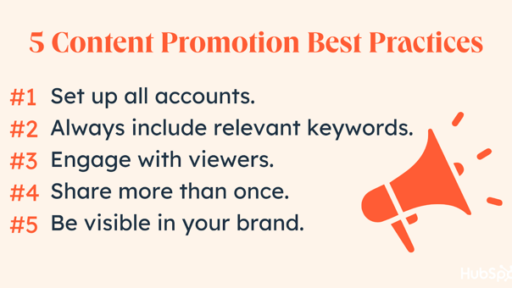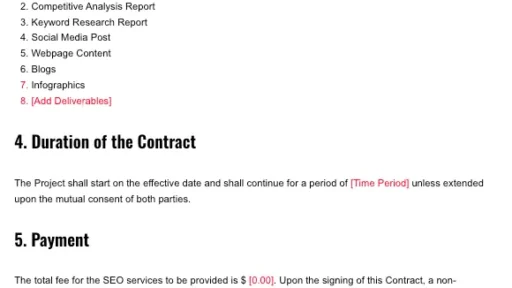Originally Posted on Loves Data’s Blog by Loves Data Team
In today’s highly competitive online environment, securing a top position in search engine results pages (SERPs) is a crucial factor in driving organic traffic to your website. With Google continuously evolving its search algorithms and functionality, marketers and content creators need to stay updated on the latest strategies for achieving and maintaining top search rankings. One of the most sought-after search features in recent years is the coveted "position zero," or Google’s featured snippet.
Featured snippets, often called "answer boxes," are a unique type of search result that appears at the very top of the SERP, above the traditional search results. These snippets are designed to provide users with quick and concise answers to their search queries, often including images, graphs, or other visuals. Gaining a featured snippet can significantly boost your website traffic, enhance visibility, and solidify your brand as an authoritative source of relevant information.
As the digital marketing and analytics landscape evolves, mastering the power of featured snippets is an essential skill for staying ahead. Ensuring that your content is tailored to meet Google’s criteria for position zero can lead to increased visibility in search results, higher click-through rates, and better overall website performance. In addition, achieving position zero can amplify your search engine optimization efforts, helping you dominate your competitors and solidify your brand’s authority in your niche.

1. Understanding the Different Types of Featured Snippets
To optimize your content for featured snippets, it’s essential to understand the various forms they can take. Featured snippets typically appear in one of three formats:
-
Paragraph snippets: A brief block of text that directly answers a user’s query. These are the most common type of featured snippets and can include a relevant image alongside the text.
-
List snippets: An ordered or unordered list that provides a series of steps or essential points in response to a user’s query. List snippets are often triggered by how-to or listicle-style content.
-
Table snippets: A condensed table displaying data or information in a structured format. Table snippets often appear for queries related to comparisons or statistics.
Understanding these formats and their triggers allows you to tailor your content to cater to the specific type of featured snippet you’re targeting.
2. Best Practices for Optimizing Content for Featured Snippets
Now that you’re familiar with the different types of featured snippets, let’s explore the best practices for optimizing your content to achieve position zero:
-
Directly answer user queries: To maximize your chances of gaining a featured snippet, ensure your content directly and concisely answers common queries related to your topic. Use tools like Google’s "People also ask" box and keyword research tools to find relevant questions that users are searching for.
-
Use clear and concise language: Featured snippets are designed to provide quick answers to users, so use clear and straightforward language in your content. Keep your sentences brief and free from jargon, ensuring that the information is easily digestible.
-
Utilize proper formatting: Structure your content using headings, subheadings, lists, tables, and other formatting elements that help break the content into easily accessible sections. This not only improves the readability of your content but also makes it easier for Google to identify the relevant information for a featured snippet.
-
Develop high-quality, authoritative content: Focus on creating in-depth, well-researched, and valuable content across your website. High-quality content is more likely to gain backlinks and social shares, which signals to Google that your content is authoritative and worthy of a featured snippet.
3. Monitoring and Tracking Your Featured Snippets Performance
Once you’ve optimized your content for featured snippets, it’s crucial to monitor and track your performance to understand the impact on your website traffic and identify areas for further optimization. Here are some helpful tools and tactics to track your featured snippet performance:
-
Google Search Console: Use Google Search Console’s performance reports to analyze your website’s appearance in featured snippets and other search features. Track click-through rates, impressions, and positions to identify which content is successfully obtaining featured snippets.
-
Keyword tracking tools: Employ keyword tracking tools to monitor specific search queries that trigger featured snippets, as well as your website’s placement in those snippets.
-
Google Analytics: Utilize Google Analytics to analyze organic traffic and user behavior data, identifying any positive impact resulting from your featured snippet placements.
-
Monitoring performance data will provide insights into the effectiveness of your optimization efforts and allow you to make data-driven decisions to improve your chances of gaining and maintaining featured snippets.
4. Adapting to Changing Algorithms and User Expectations
As search algorithms and user expectations continue to evolve, staying proactive in adapting your content strategy is essential to maintaining your featured snippet placements. Here are some tips for staying agile in the ever-changing SEO landscape:
-
Stay informed: Regularly follow industry news, attend conferences, and participate in online forums to stay updated on changes to Google’s search algorithms and evolving user expectations.
-
Continuously optimize your content: Content optimization should be an ongoing process. Regularly review your website’s content and update it with the latest information, trends, and insights to stay relevant and maintain credibility with both users and search engines.
-
Embrace new search features: As Google continues to introduce new search features, such as voice search and visually-driven results, adapt your content strategy to account for these trends and maintain your position at the top of SERPs.
Leverage the Power of Position Zero to Boost Your Website’s Traffic and Visibility
Achieving position zero through Google’s featured snippets offers a significant opportunity to drive organic traffic, enhance visibility, and establish your brand as an authoritative source of information in your niche. By understanding the different types of featured snippets, implementing best practices for content optimization, and remaining proactive in adapting to changing algorithms and user expectations, you can set your website up for success in the competitive world of search engine optimization.
Stay at the forefront of digital marketing and analytics with the Google internet marketing courses offered by Loves Data. Master the latest techniques and trends to optimize your website’s performance and maximize your marketing investment.






